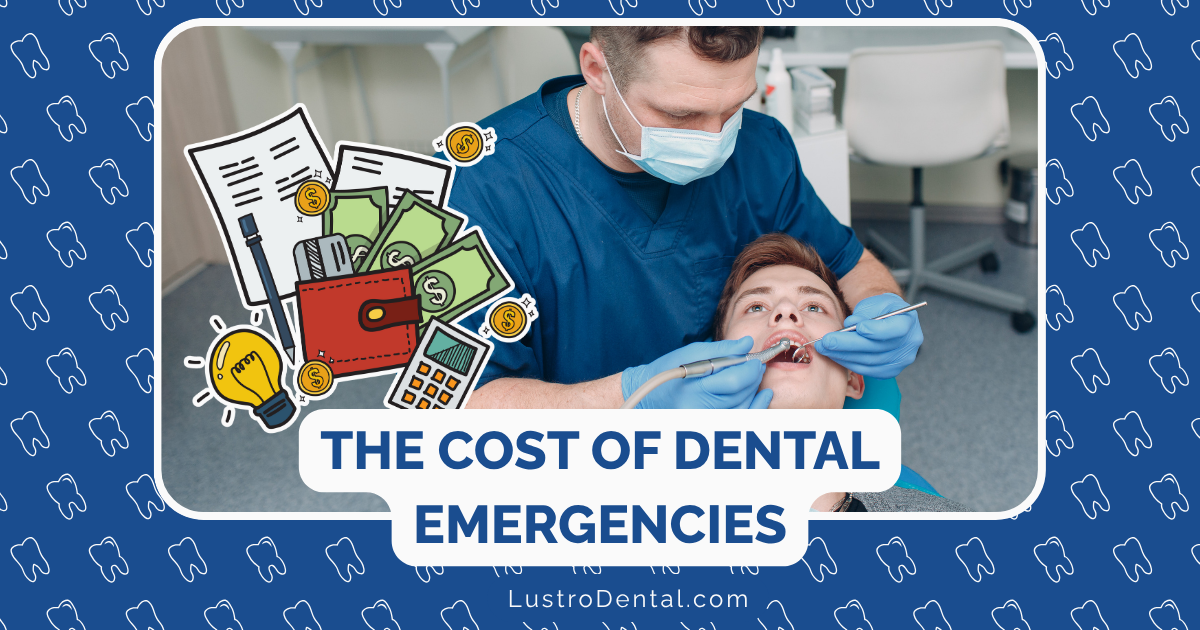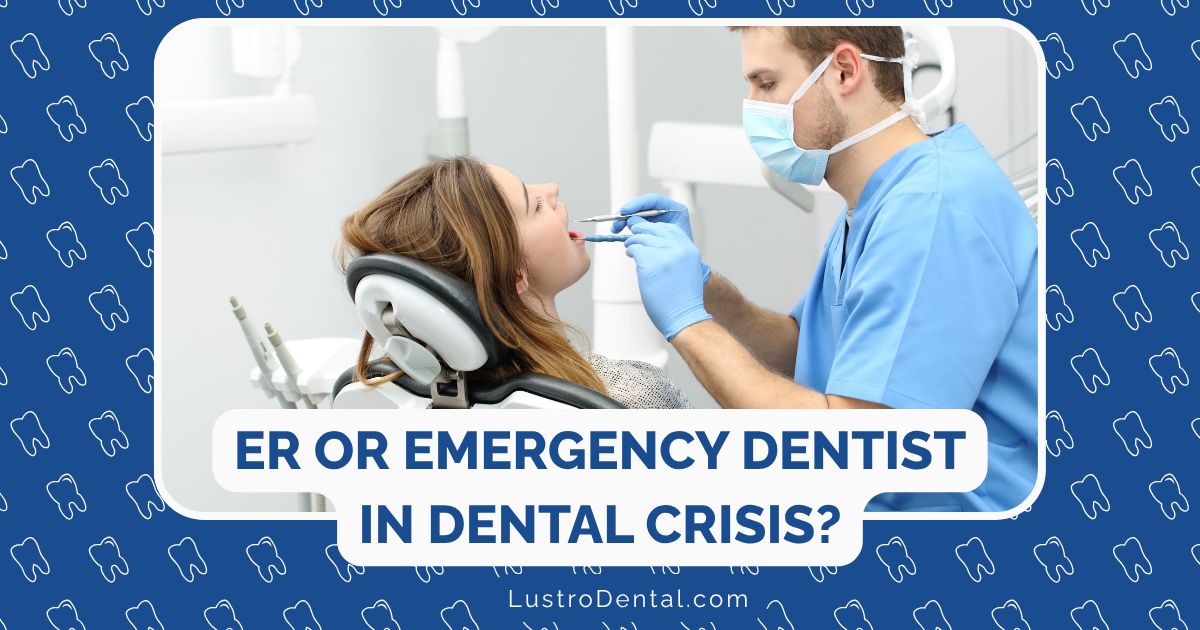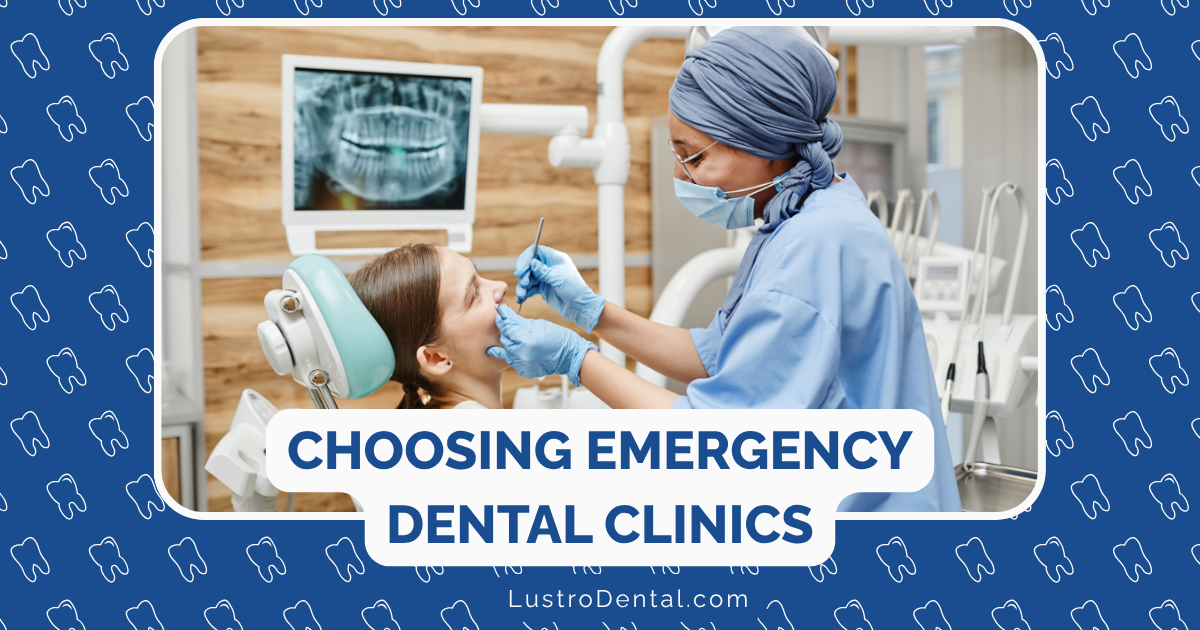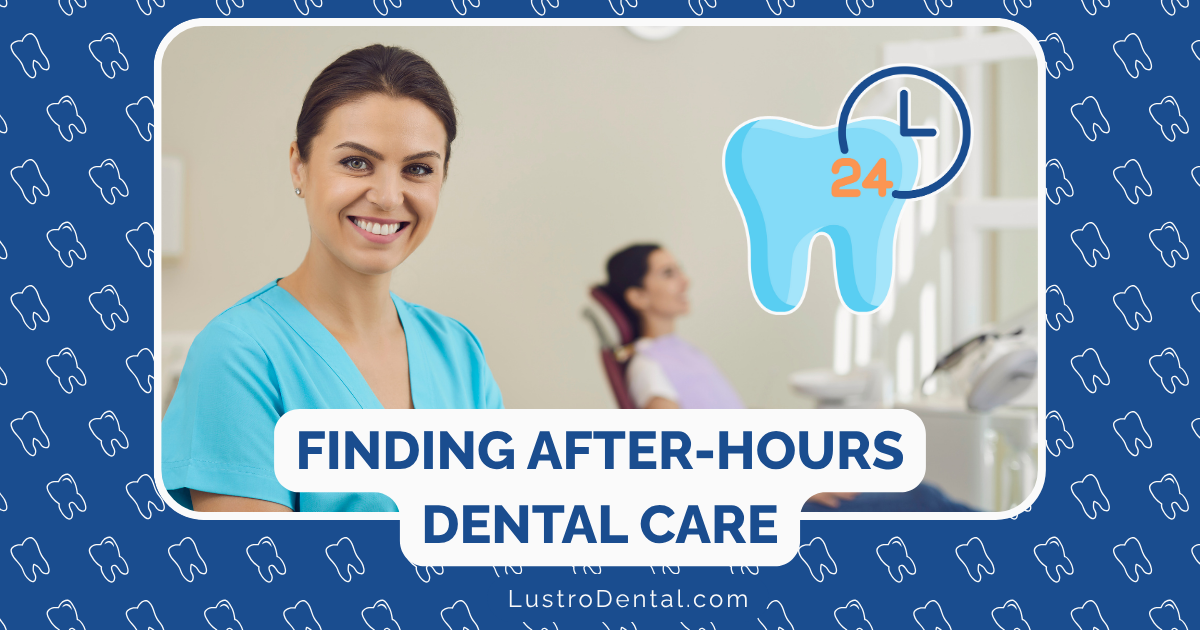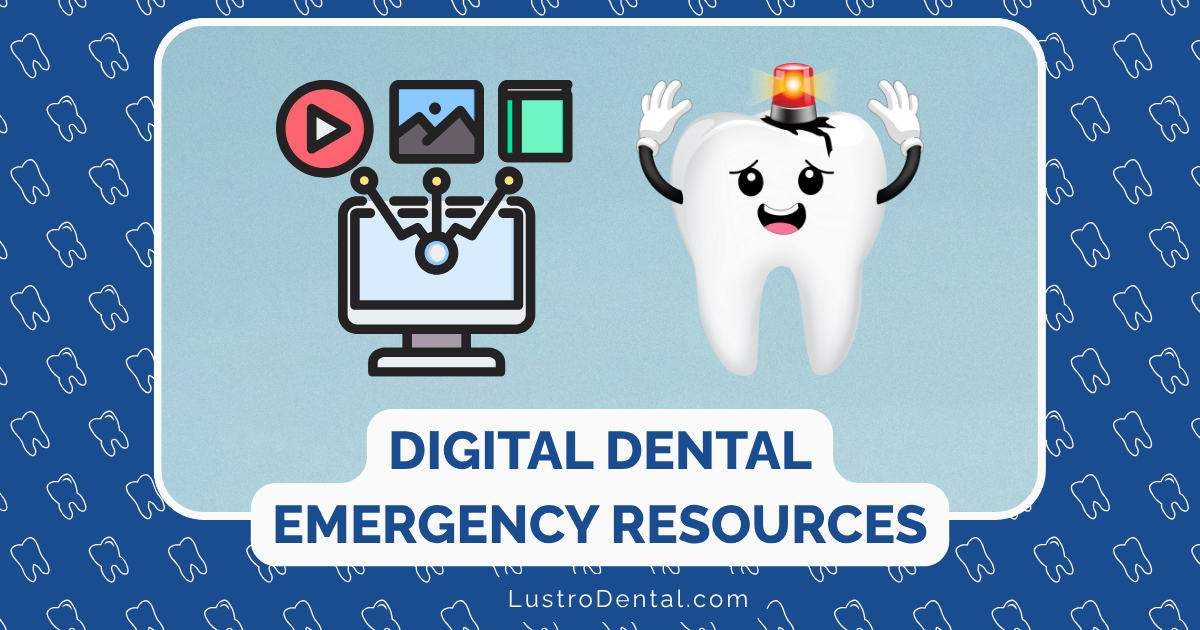Classroom Dental Emergency Kit: Resources for Teachers
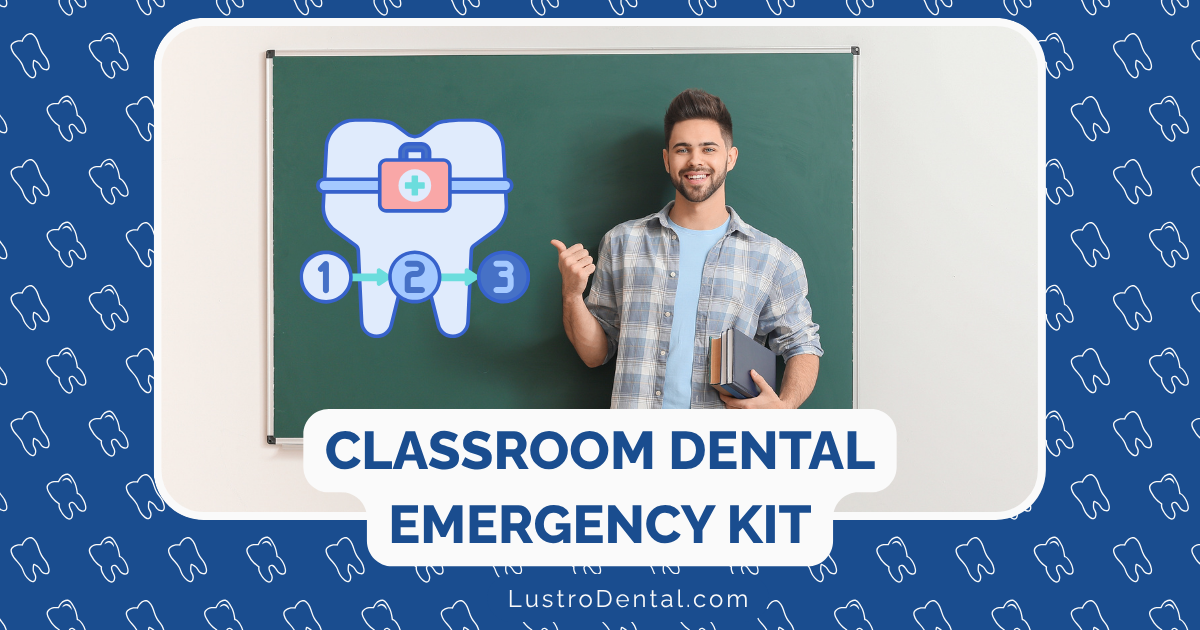
As a teacher, you’re prepared for almost anything – from forgotten homework to unexpected fire drills. But are you ready for the moment when a student runs up to your desk with a bleeding mouth and a tooth in their hand? Or when a child’s braces break during lunch? Or when a student complains of severe tooth pain that’s preventing them from focusing on your carefully planned lesson?
Dental emergencies in the classroom are more common than you might think. According to the American Academy of Pediatric Dentistry, nearly 50% of children will experience some type of dental injury during childhood, with many of these incidents occurring at school. As someone who’s worked with educators and dental professionals for years, I’ve seen how proper preparation can make all the difference in these stressful situations.
Let’s explore how to create a comprehensive classroom dental emergency kit and equip you with the knowledge to handle these situations with confidence.
Why Teachers Need a Dental Emergency Kit
Before we dive into the specifics, let’s understand why having a dedicated dental emergency kit matters in your classroom:
- Immediate response: The first few minutes after a dental injury are often critical, especially for knocked-out teeth where time directly impacts the chance of saving the tooth.
- Reduced anxiety: Having proper supplies and knowing how to use them helps keep both you and your students calmer during emergencies.
- Continuity of education: Properly addressing minor dental issues can allow students to return to learning activities more quickly.
- Parent communication: Being prepared demonstrates your professionalism and care for students’ wellbeing.
Dr. Sarah Johnson, school dental health coordinator at Children’s Dental Health Association, emphasizes: “Teachers are often the first responders to dental emergencies at school. Having the right supplies and knowledge doesn’t just help the injured student – it also provides a valuable teaching moment about dental health for the entire class.”
Essential Components of a Classroom Dental Emergency Kit
Your classroom dental kit should be compact, clearly labeled, and easily accessible. Here’s what dental professionals recommend including:
1. Tooth Preservation Essentials
Save-A-Tooth kit or similar tooth preservation system
- Contains a specialized solution (Hank’s Balanced Salt Solution) that keeps knocked-out teeth viable
- Preserves the delicate cells on the tooth root that are essential for successful reimplantation
- Available at most pharmacies or online for $15-25
Alternative preservation options
- Small, sealed containers of shelf-stable milk boxes (individual serving size)
- Sterile saline solution in sealed containers
- Note: Water is NOT recommended as it can damage the cells needed for reimplantation
2. Pain Management and Comfort Items
Cold packs
- Instant-activation cold packs for reducing swelling
- Small size appropriate for a child’s face
- At least 2-3 in your kit
Cotton balls and gauze pads
- For controlling bleeding and applying pressure
- Sterile, individually wrapped preferred
- Various sizes for different situations
Salt packets
- For making saltwater rinse solution (helpful for cleaning wounds and providing comfort)
- Individual packets take up minimal space
- Mix one packet with 8oz warm water when needed
3. Protective and Examination Items
Disposable nitrile gloves
- Non-latex to avoid potential allergic reactions
- Multiple sizes if possible
- At least 5-10 pairs
Small dental mirror
- For examining hard-to-see areas in the mouth
- Plastic versions are safer for classroom use
- Helps locate fragments or assess damage
Penlight or small flashlight
- For better visibility during examination
- LED options provide clear, bright light
- Include extra batteries
4. Temporary Repair Materials
Dental wax
- Essential for covering sharp edges on braces or broken teeth
- Prevents further soft tissue injury
- Particularly important if you have students with orthodontic appliances
Temporary filling material
- Over-the-counter products like Dentemp
- For temporarily covering a lost filling or sensitive area
- Choose one that doesn’t require mixing when possible
5. Documentation and Communication Tools
Dental emergency instruction cards
- Laminated cards with step-by-step protocols for different dental emergencies
- Include clear illustrations
- The American Dental Association offers printable emergency guides
Student medical information
- List of students with special dental conditions (braces, previous injuries, etc.)
- Emergency contact information
- Dental insurance information where available
Incident report forms
- To document what happened
- Include space for description, time, actions taken
- Make copies for school records and parents
6. Educational Resources
Age-appropriate dental health posters
- Visual reminders about dental safety
- Can be displayed after an incident as a teaching moment
- Colgate’s Bright Smiles, Bright Futures offers free downloadable materials
Dental safety handouts
- Information sheets for parents about dental emergencies
- Prevention tips
- Follow-up care instructions
Organizing Your Dental Emergency Kit
Proper organization ensures you can quickly access what you need in an emergency:
- Use a dedicated container – A small plastic container with a secure lid, clearly labeled “Dental Emergency Kit”
- Create sections – Use ziplock bags or small containers to group related items
- Include a contents list – Tape a laminated inventory to the inside lid
- Regular checks – Inspect contents monthly and replace expired or used items
- Accessible location – Store where you can quickly access it, but out of students’ reach
Dr. Michael Roberts, pediatric dentist and school consultant at Educational Dental Services, suggests: “Keep your dental emergency kit separate from your general first aid supplies. In a dental emergency, you don’t want to waste precious time searching through bandages and fever reducers to find tooth preservation materials.”
Emergency Protocols for Common Classroom Dental Injuries
Having supplies is only part of the solution. Knowing how to respond is equally important. Here are step-by-step protocols for common dental emergencies:
Protocol for a Knocked-Out (Avulsed) Permanent Tooth
- Stay calm and reassure the student
- Put on gloves before handling any oral injuries
- Locate the tooth – Check the area where the injury occurred
- Handle with care – Pick up the tooth by the crown (white part), never touch the root
- Gently rinse – If visibly dirty, gently rinse with milk or saline (never scrub or use soap)
- Preservation options (in order of preference):
- Place in Save-A-Tooth solution
- Place in cold milk
- Have the student hold it inside their cheek if they’re old enough and won’t swallow it
- Place in saline solution
- Control bleeding – Have student bite gently on gauze
- Apply cold pack – To reduce swelling and pain
- Contact parents immediately – This is a time-sensitive emergency
- Document the incident
Important note: Baby teeth that are knocked out are generally not reimplanted, but should still be located to ensure no fragments remain in the gums.
Protocol for Chipped or Fractured Teeth
- Put on gloves
- Rinse the mouth – Have student rinse gently with warm water
- Locate any fragments – Save them in milk or saline
- Assess severity:
- Minor chip (enamel only): Sharp edges may need covering with dental wax
- Deeper fracture (yellow dentin visible): More urgent
- Pink/red visible in fracture (pulp exposure): Immediate dental attention needed
- Apply cold pack – For pain and swelling
- Contact parents – All tooth fractures should be evaluated by a dentist
- Document the incident
Protocol for Orthodontic Emergencies
- Put on gloves
- Identify the issue:
- Poking wire
- Broken bracket
- Lost elastic
- For poking wires:
- Cover with dental wax
- Never cut orthodontic wires
- For loose brackets:
- Apply dental wax to stabilize and prevent irritation
- Contact parents – Most orthodontic issues need professional attention
- Document the incident
Protocol for Toothache or Dental Pain
- Have the student rinse with warm saltwater
- Check for obvious causes – Food impaction, visible cavity, swelling
- Do not place aspirin directly on gums – This is a common misconception that can cause chemical burns
- For severe pain or facial swelling – Contact parents immediately as this could indicate infection
- Document the incident
When to Seek Immediate Professional Help
Some situations require immediate professional intervention. Contact parents and recommend immediate dental care if:
- A permanent tooth has been knocked out (time is critical)
- A tooth has been displaced from its normal position
- A fracture exposes the tooth pulp (pink/red visible)
- There is significant bleeding that doesn’t stop with gentle pressure
- There is facial swelling or signs of infection
- The student reports severe pain
Integrating Dental Health into Your Classroom
Beyond emergency response, teachers can promote dental health and safety:
1. Educational Opportunities
- Incorporate dental health into science lessons – Tooth anatomy, function of different teeth
- Math connections – Counting teeth, tracking lost baby teeth
- Health curriculum – Proper brushing and flossing techniques
- Guest speakers – Invite local dental professionals to your classroom
2. Prevention Strategies
- Playground safety rules – No pushing, running with objects in mouth
- Sports safety – Encourage mouthguards for physical education
- Healthy snack policies – Limit sugary treats, encourage tooth-friendly options
- Water access – Promote drinking water instead of sugary beverages
3. Free Resources for Teachers
- Colgate Bright Smiles, Bright Futures – Free classroom kits with lesson plans, videos, and student materials
- American Dental Association’s MouthHealthy Kids – Downloadable activities and worksheets
- Delta Dental’s Land of Smiles – Free educational program with resources
- National Children’s Oral Health Foundation – Classroom resources and lesson plans
Communication Templates for Parents and Administration
Clear communication is essential when dental emergencies occur. Here are useful templates:
Parent Notification of Dental Injury
Dear [Parent/Guardian],
This is to inform you that [Student Name] experienced a dental injury today at [time] during [activity]. The injury involved [brief description].
We took the following immediate actions:
– [List steps taken]
Based on our assessment, we recommend:
– [Seeking immediate dental attention / Following up with your dentist / Monitoring the situation]
Please contact me if you have any questions or concerns.
Sincerely,
[Your Name]
Dental Emergency Documentation for School Records
Student Name: _____________________ Date: _________ Time: _________
Location: _____________________ Activity: _____________________
Description of incident:
_________________________________________________________________
Type of dental injury:
□ Knocked-out tooth □ Chipped/fractured tooth □ Displaced tooth
□ Soft tissue injury □ Orthodontic emergency □ Other: _____________
Actions taken:
_________________________________________________________________
Parent/guardian notified: Time: _________ Spoke with: _________________
Follow-up recommended: _____________________________________________
Teacher signature: _____________________ Date: _________
Building Relationships with Dental Professionals
Creating connections with dental professionals in your community can enhance your preparedness:
- Invite local dentists to provide in-service training for teachers
- Establish relationships with dental offices near your school
- Partner with dental hygiene programs at local colleges for classroom visits
- Connect with your school nurse to coordinate dental emergency protocols
Dr. Emily Chen, community dental outreach coordinator at School Dental Health Network, suggests: “Many dental professionals are eager to partner with schools on prevention and education. Reach out to local dental offices – many will gladly provide free classroom presentations or even donate supplies for your emergency kit.”
Conclusion: Prepared Teachers Make a Difference
As a teacher, you already wear many hats – educator, mentor, mediator, and sometimes nurse. Adding “dental first responder” to that list might seem daunting, but with the right preparation, you can handle these situations with confidence.
A well-prepared classroom dental emergency kit and the knowledge to use it properly can make a significant difference in outcomes for your students. From saving a knocked-out tooth to providing comfort during a painful situation, your immediate response matters.
Remember that your role isn’t to replace professional dental care, but to provide appropriate first aid until a dental professional can take over. By being prepared, you’re not just helping in emergencies – you’re also modeling the importance of dental health and safety for all your students.
Have you ever handled a dental emergency in your classroom? What supplies or resources would you add to this list? Share your experiences and tips in the comments below!
Disclaimer: This article is for informational purposes only and does not constitute professional dental or medical advice. Always follow your school’s policies regarding first aid and emergency response, and consult with appropriate healthcare professionals.


